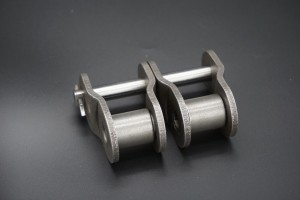1. Which bicycle chain oil to choose:
If you have a small budget, choose mineral oil, but its lifespan is definitely longer than that of synthetic oil. If you look at the overall cost, including preventing chain corrosion and rust, and re-adding man-hours, then it is definitely cheaper to buy synthetic oil. Save labor.
The chain synthetic oils on the market can be mainly divided into two types: 1. esters and 2. silicone oils.
Let’s talk about the first type first: The biggest advantage of ester is that it has very good permeability and can quickly penetrate into the gap between the bushing center and the side plate of the chain (remember, the chain movement is caused by wear between the bushing center and the side plate. Yes, what really needs lubrication is the inside, not the surface of the chain. The oil on the surface is just to prevent rust. If the surface feels dry and there is no oil, you need to spray chain oil again).
Let’s talk about the second one: The biggest advantage of silicone oil is that it has good water resistance, but its permeability is poor. The oil film is easy to break, resulting in poor lubricity and more wear on the chain. Therefore, silicone oil products are more effective when used on sliding surfaces.
Finally, generally speaking, esters have better penetrating lubrication effects on chains and are more suitable as chain oils than silicone oils, which are less likely to adhere to dirt. Both have their pros and cons, it depends on which one suits your friends.
2. Lubricant requirements for bicycle chain transmission:
1: Has excellent permeability
2: It must have excellent adhesion
3: Excellent lubrication performance
4: Excellent oxidation stability
5: Has extremely small evaporation loss rate
6: Have good ability to resist external effects
7: It has the characteristics of being free from pollution
Post time: Sep-18-2023

